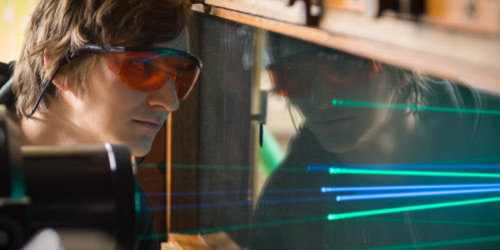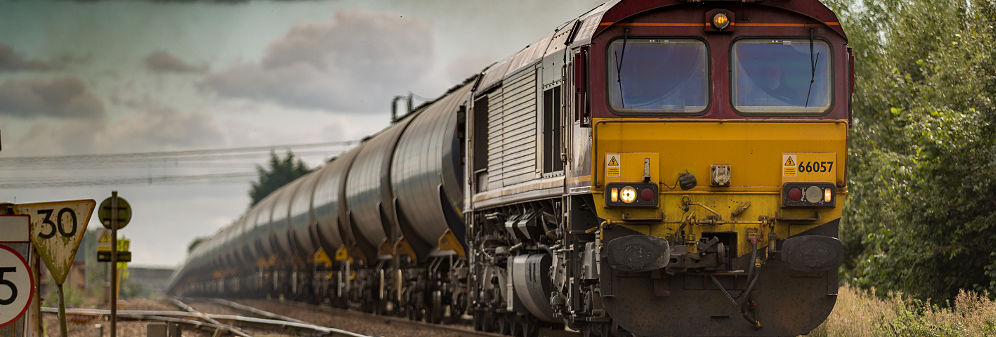Keeping infrastructure safe and operational
Enabling accurate, cost-effective regular testing on structures such as railways and buildings that avoids major disruption.
University of Bristol researchers solved the conundrum of how to carry out testing while staying operational, with high-precision, non-contact video measurement.
The techniques previously developed for real time non-contact metrology were only useful within controlled (indoor) environments. They also had to be operated by specialist trained staff.
“Our research at Bristol has overcome these limitations by focusing on improved tracking algorithms and developing better understanding of the factors controlling accuracy, resolution, errors and reliability,” says Professor Kevin Potter who specialises in composites manufacture in the Department of Aerospace Engineering. “We’ve also worked very hard on system integration and making the technology easy to use.”
Keeping more than trains running safely
The result of this research is the non-contact system known as a Dynamic Monitoring Station (DMS), which incorporates the Video Gauge™ software, now sold via University spin-off company Imetrum.
It requires very little training and is being used across the world to test structures like railway lines, bridges, cables and tunnels, as well as the components and structural models used in engineering and R&D.
On the UK rail network, for example, DMS enables direct measurement of track deflections (how much the track is displaced under a load). This makes it easier to identify if the whole track system responds safely to the passage of the train.
Prior to DMS, either gauges had to be attached directly to track and measure relative movement between track and track bed, or only gradual measurements of settlement could be captured.
Efficiency and service continuity benefits
One of the key advantages of using DMS is that there is no need to access a structure directly to measure it. This means many additional benefits in terms of time and safety.
During rail-track measurements, for example, workers don’t have to get on the railway lines, so there is no need to obtain a possession order. This reduces delays and means far less disruption for travellers. It’s also much safer for workers. There are also significant cost benefits. The work can be carried out by one or two workers, rather than a team of five or six. And the system also helps to avoid knock-on effects like road closures, saving significant costs and further lessening disruption for each project.
Impact on researching materials and structures
The impact of the technology is also proving important to researchers investigating materials and structural responses.
“What we’re finding is that the technology significantly reduces the costs of acquiring research data,” says Potter. “It also allows information that was previously difficult to gather to be collated more easily, such as data from high temperature tests. This breakthrough has already been used to develop new composite material solutions for use in hot structures in Formula 1 cars, and has also helped teams to make the most of valuable wind tunnel time."
The DMS and associated systems are now widely used in research and development within the mechanical test area, including at the National Composites Centre. To further expand applications areas, Imetrum carries out research in many other areas, including the monitoring of nuclear power systems.
“Many of the ways in which DMS is now being used for research would not be achievable by any other approach, or at least not without a huge financial cost,” says Potter. “This cost-effectiveness, coupled with the ease of use and high-performance, is why the technology is helping to break new ground in so many fields.”
Related research centres
Funders
 Study Aerospace Engineering
Study Aerospace Engineering
Develop solutions to real-world challenges alongside industry partners.
